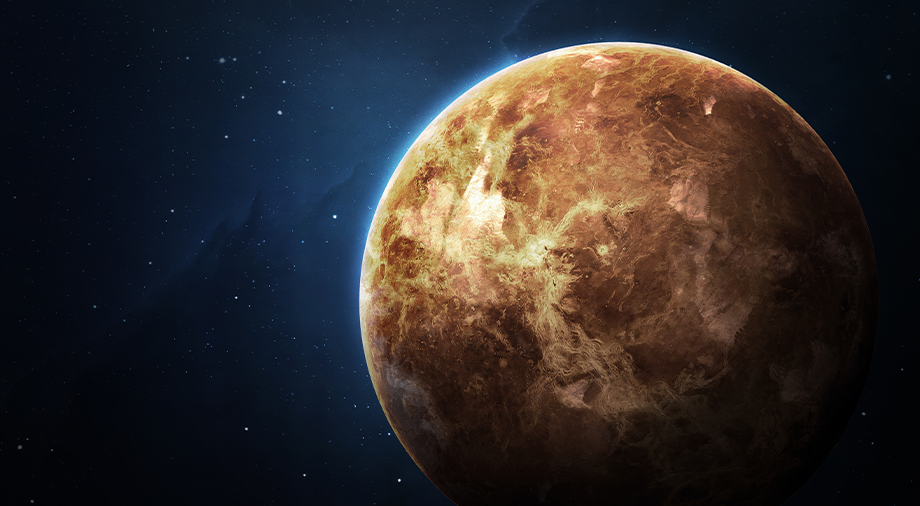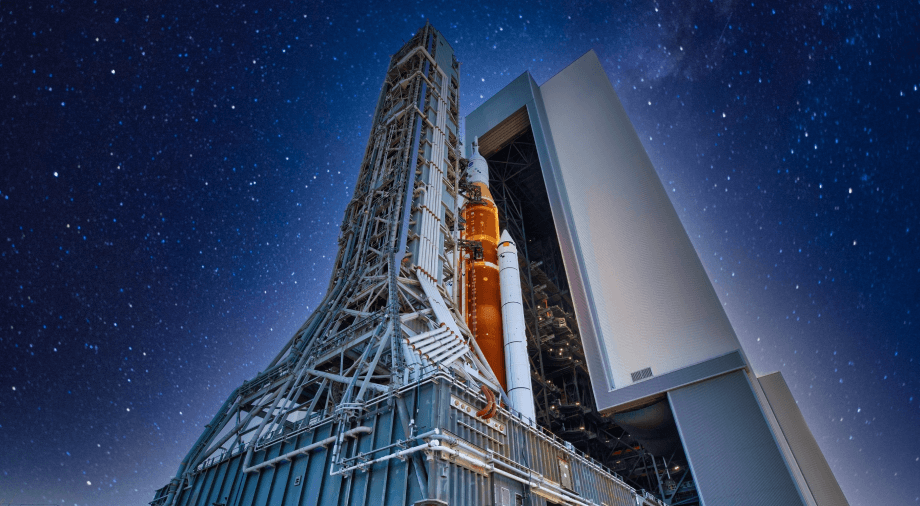In science fiction stories and computer games, there are many examples of fantastical space structures: from wheel-shaped orbital stations flying to the sounds of classical music to entire worlds in the form of a ring. But the most surprising thing is that, for their apparent outlandishness, many of these structures are based on existing theoretical developments and could well exist in reality. Of course, that is provided that our civilization reaches the level of technical development necessary for their creation.
In this article, we will examine concepts for orbital settlements that could actually be implemented in the medium term.
Toroidal space station
A rotating space station in the form of a giant wheel (torus) is one of the most famous images of the future, well known even to those who are not particularly fond of astronautics or futurology. It can be found in a wide variety of science fiction works, from 2001 A Space Odyssey to Interstellar.
This popularity is quite natural, because the first projects of rotating wheel-shaped orbital stations appeared long before the start of the space age. The concept of this structure is also described in the works of astronautics theoreticians like Konstantin Tsiolkovsky and Herman Potočnik. The choice of form was explained by the fact that the use of the centrifugal force arising from its rotation makes it possible to create an analogue of the earth’s gravity and thus avoid the consequences of a long stay in weightlessness for the station’s inhabitants.
The next step was taken by Wernher von Braun. In 1952, Collier’s Weekly magazine published his article detailing the project of a toroidal orbital station. It had a diameter of 76 m and was designed for a permanent crew of 80 people. In von Braun’s vision, the station was supposed to become a kind of transfer point for launching spacecraft to other celestial bodies in the solar system. The publication included illustrations that created the classic visual image of this type of structure, which then firmly entered popular culture.
Later, this concept became the basis for a host of projects for much larger space settlements, intended for the permanent residence of a large number of people. The most famous of them was developed by researchers from Stanford University, which gave its name to the Stanford Torus.
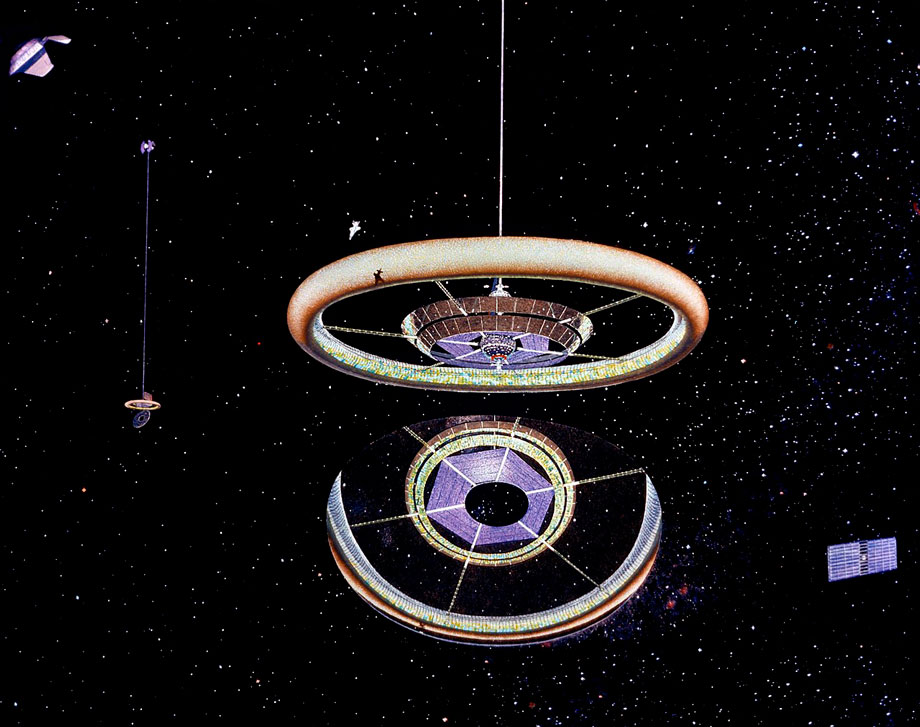
What is the Stanford Torus? As conceived by its visionaries, this structure with a diameter of 1.8 km was to be home to 10,000 people. It rotates around its axis at a speed of one revolution per minute, creating an artificial gravity of 0.9-1 g in the inner part of the ring. The population density of Stanford Tor roughly matches that of a densely populated suburb.
The interior of the station is illuminated by sunlight through a system of mirrors. One part of the ring is allocated for agriculture, while another is dedicated to housing. The interior space of the station would be large enough to create an artificial ecosystem. The creators of the project figuratively compared it with a long narrow glacial valley, whose ends bend upwards, forming a circle.
The ring is connected to the hub through spoke corridors designed for the movement of people and goods. Since artificial gravity is negligible in the hub area, fixed modules were to be installed here which would be used as a docking station for receiving spacecraft, as well as production workshops.
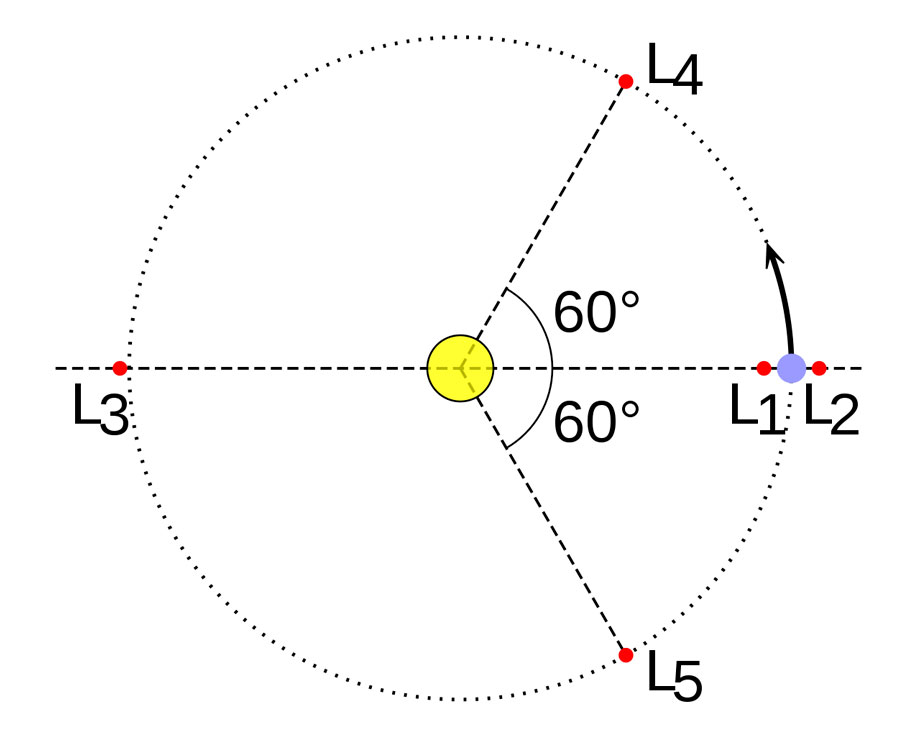
Lagrange point L5 in the Earth-Moon system was proposed as a location for the Stanford Torus. According to an estimate made in the 1970s, the construction of such a structure would require about 10 million tons of materials and $200 billion. Given inflation, as well as a much better understanding of all the complexities of space construction, at least one (and likely two) zeroes would have to be added onto that figure.
Bernal Sphere
Thor is not the only form a large orbital settlement can have. Another famous concept is called Bernal Sphere. The original version of this structure was designed by John Desmond Bernal in 1929. It is an air-filled sphere 16 km wide, capable of accommodating 20-30 thousand people.
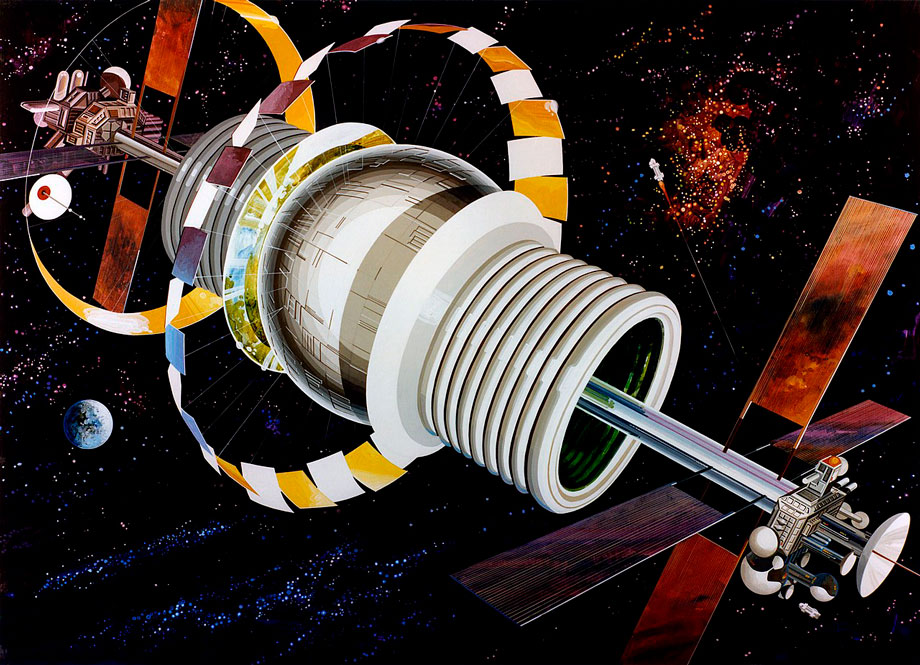
In the 1970s, the Bernal Sphere’s design was substantially modified to reflect modern knowledge. Researchers from Stanford came to the conclusion that a spherical shape was optimal for containing internal pressure and protecting the inhabitants of the space station from radiation. As a result, they developed an orbital settlement project in the form of a 500-meter sphere, rotating at a speed of 1.9 revolutions per minute. This would make it possible to create artificial gravity at its equator similar to that on Earth.
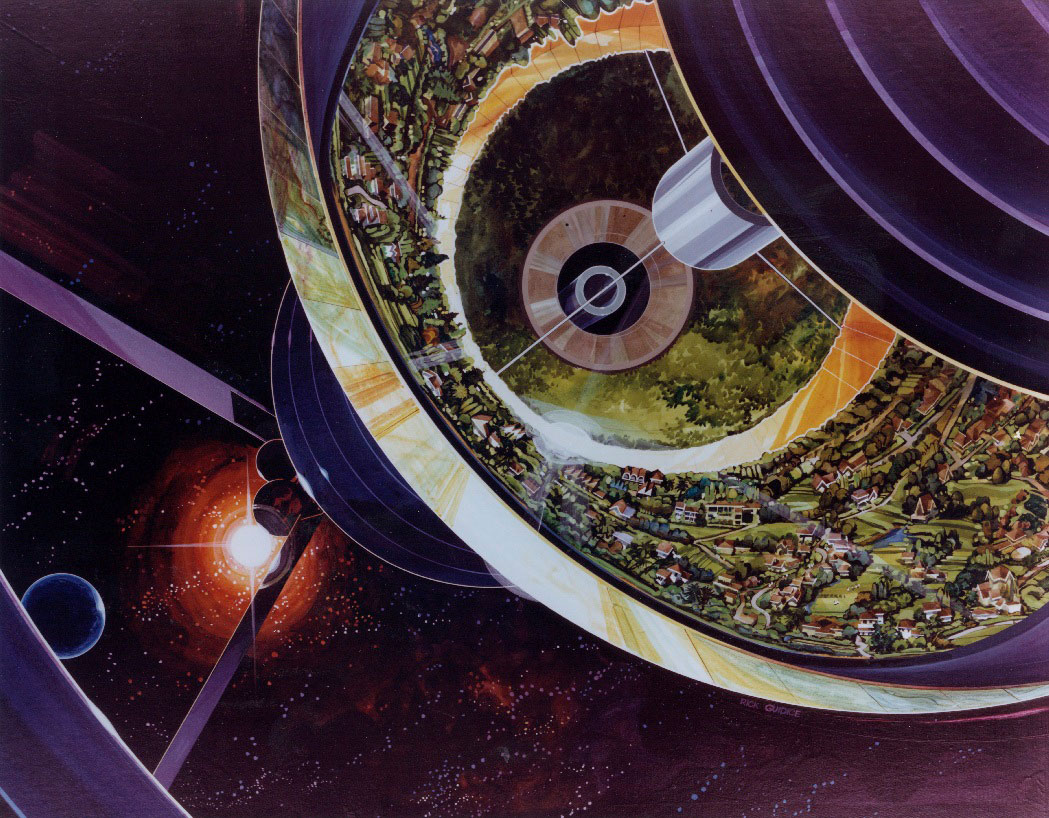
As a result of its design features, the internal landscape of the settlement would resemble a large valley, lying along its equator. It was to be illuminated with sunlight directed through a large window at the pole of the sphere through a network of external mirrors. The station would also have an agricultural compartment capable of feeding its 10,000 inhabitants.
Later, a project was developed for an even larger spherical station, with a diameter of 1.8 km and an equatorial circumference of 6.5 km. The structure was envisioned to house 140,000 people.
O’Neill Cylinder
Another iconic space settlement project was developed by astrophysicist Gerard O’Neill. It all started in the late 1960s, when the Princeton professor asked his students at a seminar whether the surface of any other planet was suitable to host the expansion of a technologically advanced civilization. To O’Neill’s surprise, the students came back with a negative answer.
Inspired by his students’ research, O’Neill wrote a series of articles in which he considered ideas for various orbital settlements capable of independently providing their inhabitants with everything necessary for life and maintaining living Earth-like conditions.
His most famous project was called the O’Neill Cylinder (he himself called it Island III). The structure far exceeded both the Stanford Torus and the Bernal Sphere in size. O’Neill’s project involves the creation of a space settlement in the form of two counter-rotating cylinders 32 km long and 8 km in diameter, connected to each other at the ends by rods through a system of bearings. As they rotated, the cylinders would create artificial gravity on their inner surfaces with centrifugal force.
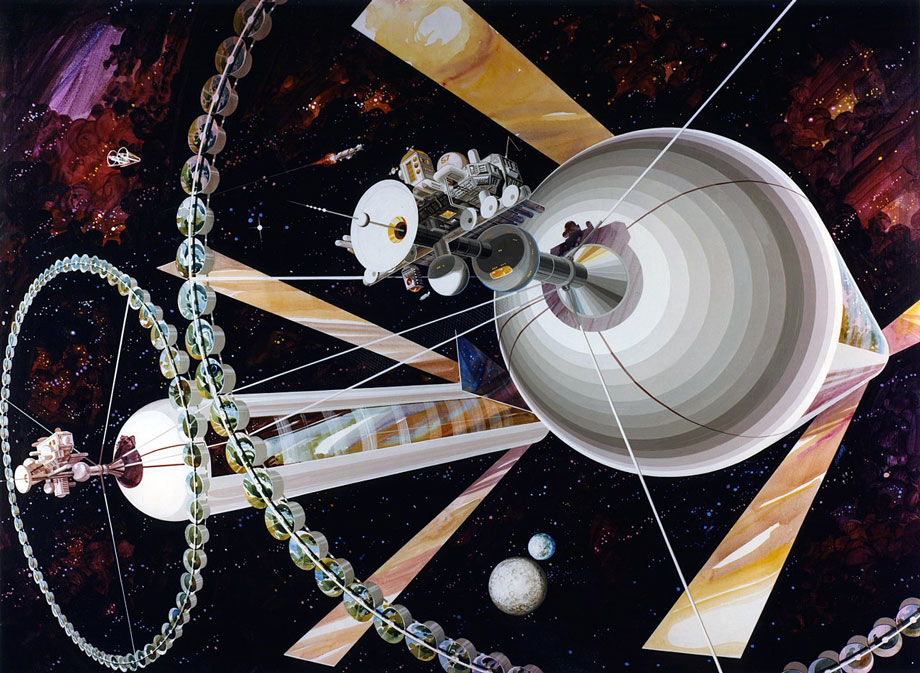
Each cylinder has six equal sections of strips along its length – three “window” and three “land” sections designed to accommodate buildings. Large mirrors were to be installed on the reverse sides of the windows to reflect sunlight into the cylinder. The gradual movement of the mirrors was supposed to recreate the effect of a change in the angle of incidence of the sun’s rays during the earth’s day. Night would be simulated by opening of the mirrors, which would allow the windows to display a view of open space, as well as to radiate off excess heat.
The outer agricultural ring would be able to change its rotation speed in order to increase yields. There was to be an industrial block located along the cylinder’s central axis. The creators of the project hoped that the microgravity conditions would contribute to the production of a number of unique materials that cannot be created on Earth.
For the cylinder’s atmosphere, a 40-60 oxygen/nitrogen mixture was proposed with half the atmospheric pressure of Earth. This lower pressure would reduce the load on the walls and reduce air loss. Given the size of the cylinder, the thickness of the air layer would be able to provide sufficient protection for its inhabitants against the effects of cosmic rays. Moreover, thanks to its huge internal volume, the structure would likely develop its own weather system.
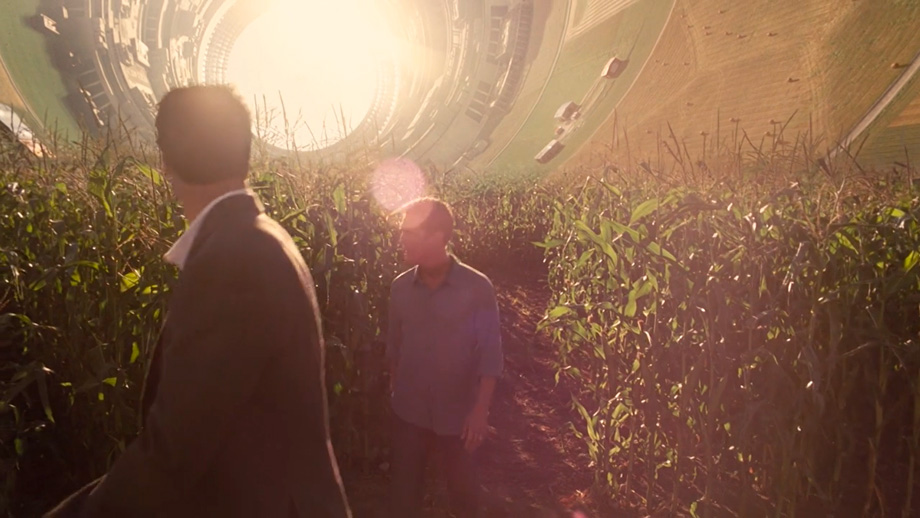
Of course, from time to time the cylinder would be hit by micrometeorites. Therefore, its windows would need to consist of something other than solid glass, and would also need to be divided into many small sections so that they would be easier to repair or replace. Calculations showed that although the impact of cosmic bodies could break through the glass, this would not lead to a catastrophic loss of atmosphere due to the station’s huge volume.
O’Neill proposed Lagrange points L4 and L5 Earth-Moon systems for the location of his cylinder station. At these points, the Earth’s atmosphere would not have any effect on the station and it would require minimal fuel consumption to maintain its position.
The idea of the O’Neill colony still enjoys considerable popularity among space enthusiasts. In 2014, a team of engineers came up with an updated design for the facility, which uses a giant inflatable structure around a rigid frame. And in 2019, the famous Jeff Bezos said that, in his opinion, the future of space exploration lay in the building of O’Neill colonies, rather than with settlements on other planets.
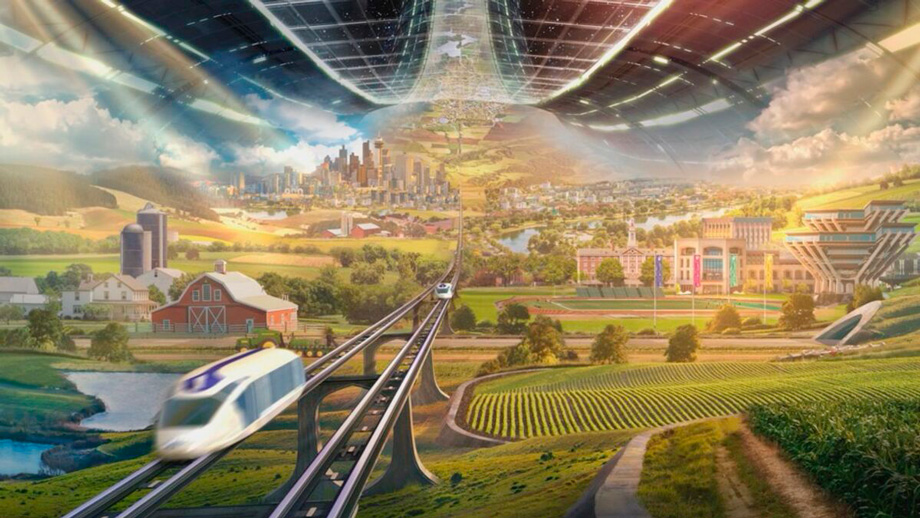
Asteroid orbital station
All the orbital settlement projects described above are united by the fact that their creation requires a huge amount of building materials. The use of traditional chemical-fuelled rockets for their delivery into space would entail truly astronomical costs, which a priori puts an end to the whole concept.
One of the solutions envisioned to this problem is a space elevator to deliver building materials, but the fact is that from a technological point of view, this would in many ways be a more complex and expensive structure than an orbital settlement (read more about this in our next article).
Therefore, as a cheaper alternative, many space settlement visionaries propose using space resources – materials mined on the Moon and then launched towards the Lagrange points by means of an electromagnetic catapult and/or captured asteroids. The study of the latter possibility led to the following idea: what if, instead of dismantling an asteroid for building materials, we equip a habitable space inside the asteroid, thereby turning it into a space station?
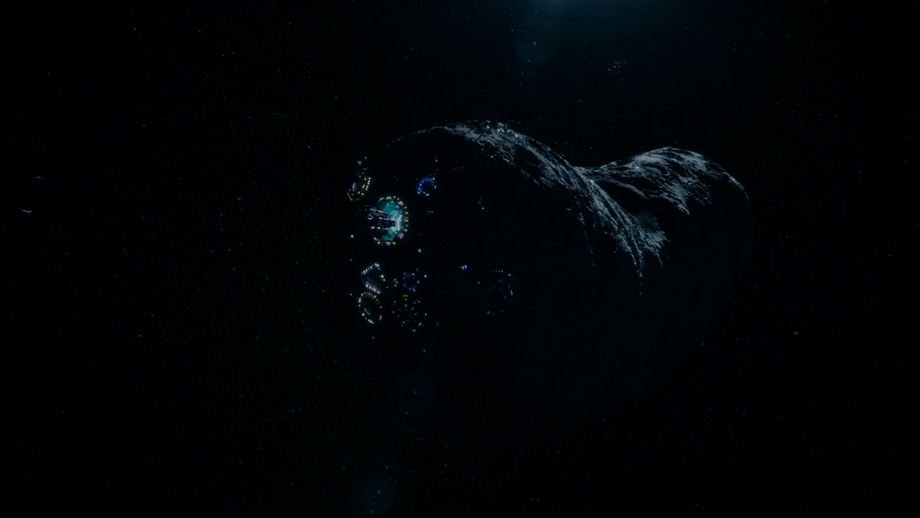
The concept of a settlement within an asteroid has been contemplated by many engineers in recent years. In a simplified form, it involves an airtight cavity created in the depths of an asteroid, which is then filled with air. Its inner walls are strengthened, after which the stone is start spinning to provide a simulation of gravity on its inner surface. This approach solves a number of problems associated with the construction of space settlements in their traditional form, since it relieves builders of the need to extract and transport building materials across the entire solar system.
The construction process itself would be fully automated. The best option is to use self-replicating robots. Recent research showed that in theory, just four such mechanisms would be enough to turn a 5-kilometer asteroid into a building capable of accommodating 700,000 people in 12 years.

Of course, so far the technologies necessary to implement this sort of project exist only on paper. However, it is likely that this would the most optimal way to create orbital settlements.
In the second installment of our series, we will talk about space elevators and orbital rings.




